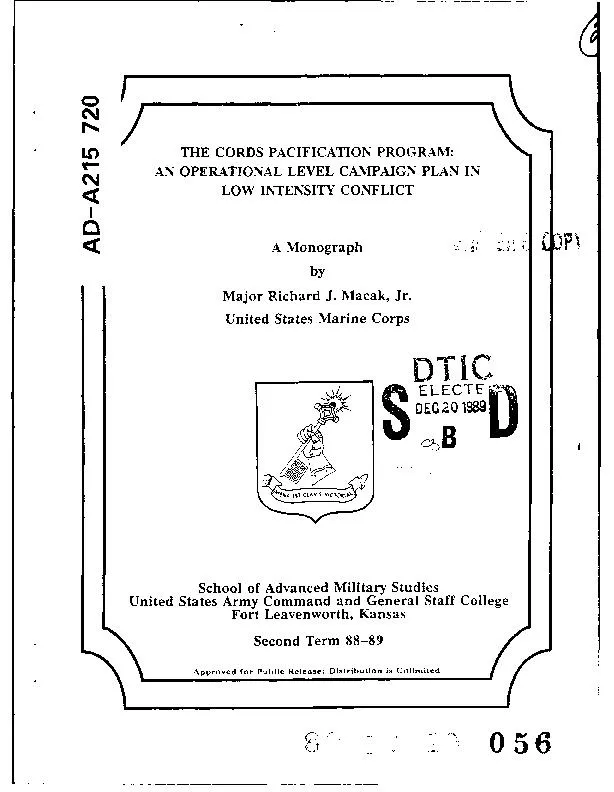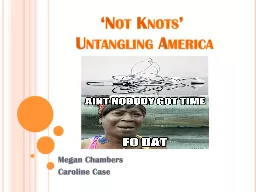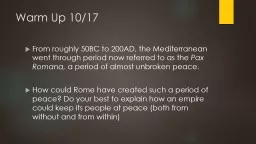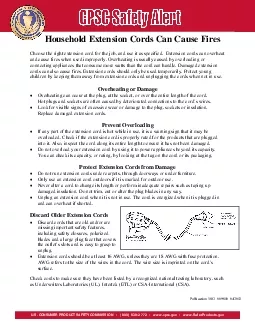PDF-LTHE CORDS PACIFICATION PROGRAM:
Author : lindy-dunigan | Published Date : 2016-07-05
AN OPERATIONAL LEVEL CAMPAIGN PLAN IN N LOW INTENSITY CONFLICT A Monograph by Major Richard J Macak Jr United States Marine Corps DTFIC School of Advanced Military
Presentation Embed Code
Download Presentation
Download Presentation The PPT/PDF document "LTHE CORDS PACIFICATION PROGRAM:" is the property of its rightful owner. Permission is granted to download and print the materials on this website for personal, non-commercial use only, and to display it on your personal computer provided you do not modify the materials and that you retain all copyright notices contained in the materials. By downloading content from our website, you accept the terms of this agreement.
LTHE CORDS PACIFICATION PROGRAM:: Transcript
Download Rules Of Document
"LTHE CORDS PACIFICATION PROGRAM:"The content belongs to its owner. You may download and print it for personal use, without modification, and keep all copyright notices. By downloading, you agree to these terms.
Related Documents














![[READ]-War, Pacification, and Mass Murder, 1939: The Einsatzgruppen in Poland (Documenting](https://thumbs.docslides.com/958160/read-war-pacification-and-mass-murder-1939-the-einsatzgruppen-in-poland-documenting-life-and-destruction-holocaust-source.jpg)